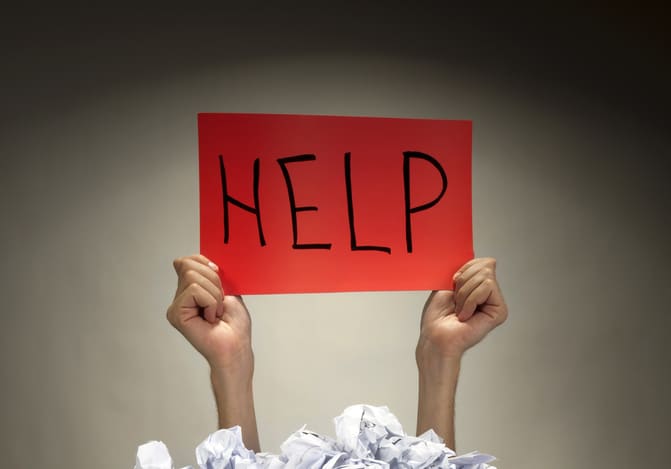What Proposal Writers can Learn from the ‘KonMari Method’
No one likes clutter — not in closets, and not in a proposal content library.
But in the fast-paced world of RFP deadlines, proposal teams who lack a well-defined process and system will find themselves scrambling for content.
The dangers include losing valuable time searching for responses in past proposals, or copying and pasting dated responses that may or not be formatted correctly. The bottom line: proposal preparers who don’t have a system for organizing and reusing their most valuable content risk losing valuable time doing unnecessary rework and increase their chance of making errors.
Proposal writers can learn much from Marie Kondo, the Emmy-nominated Japanese host of the Netflix program, “Tidying Up with Marie Kondo,” who urges those with clutter to “discard everything that does not spark joy.”
As you examine what proposal content to keep close by and accessible and what to discard, realize that not all proposal content makes the cut of “sparking joy.”
Avoid the trap of pride and fear – pride that you’ve written the best response EVER and fear of letting content go. Remember, you can always access an old proposal so content is never truly gone.
Six Questions to Spark Joy
Here are six questions that can help you find awe-inspiring content for reuse:
- Is it accurate?
- Is it persuasive and well written?
- Is it the best version?
- Does it align with our company philosophy?
- Is it consistent with our brand?
- Is it easy to tailor for the prospect?
Once you have narrowed down your best RFP material, then you should embrace content curation – a skill everyone on social media has mastered every time they “share” a post with LinkedIn and Twitter followers or Facebook friends. To curate proposal content, you will need to:
- Fill in the gaps –Identify items that need to be developed.
- Prepare content for reuse – taking out prospect names or other “custom” content
- Organize it in a logical and intuitive way – you can do this within Microsoft® Word by creating content library in Word using headlines / section headers/ key words /Table of Contents
- Share it – letting your proposal team know that this content is available by saving it on a saved drive and promoting it to your users
And remember, content curators approach curation by being thoughtful, intentional and deliberate. Innovation and marketing expert and Wall Street Journal bestselling book author Rohit Bhargava defines content curation as the term used to “find, group, organize or share the best and most relevant content on a specific issue.”
You’ll need to bring along your subject-matter experts and content owners in your organizations. Overcome resistance to this process by involving them early, communicating the benefits, being positive and giving them a job.
In the next post, we will cover how to “tidy up” your content by category. We will identify the five types of content to organize and tips for keeping it proposal-ready.
How Expedience Software Helps you Curate Content
Expedience automates proactive proposals, RFPs and RFI responses using Microsoft® Word. Within Expedience’s Word-based template, users can build a content library of best responses that “spark joy,” and find the best responses using key word searches from the proposal content tab found in the top ribbon of their proposal template in Word. Watch Expedience’s
video to learn more.
About the Author
Melissa Mabon is Founder, President and CEO for Expedience Software, a proposal software leader that helps organizations globally automate and enhance their proposal process using Microsoft® Word, the software the world already knows how to use. Over a three-decade career, Melissa has helped define the modern proposal automation industry while launching two successful software firms. A firm believer in listening to customers as the best way to drive product innovation, Melissa serves as Expedience’s chief software programmer. She graduated Phi Beta Kappa, Summa Cum Laude, from Ohio State University and holds two masters’ degrees from Columbia University (MA, M. Philosophy).






